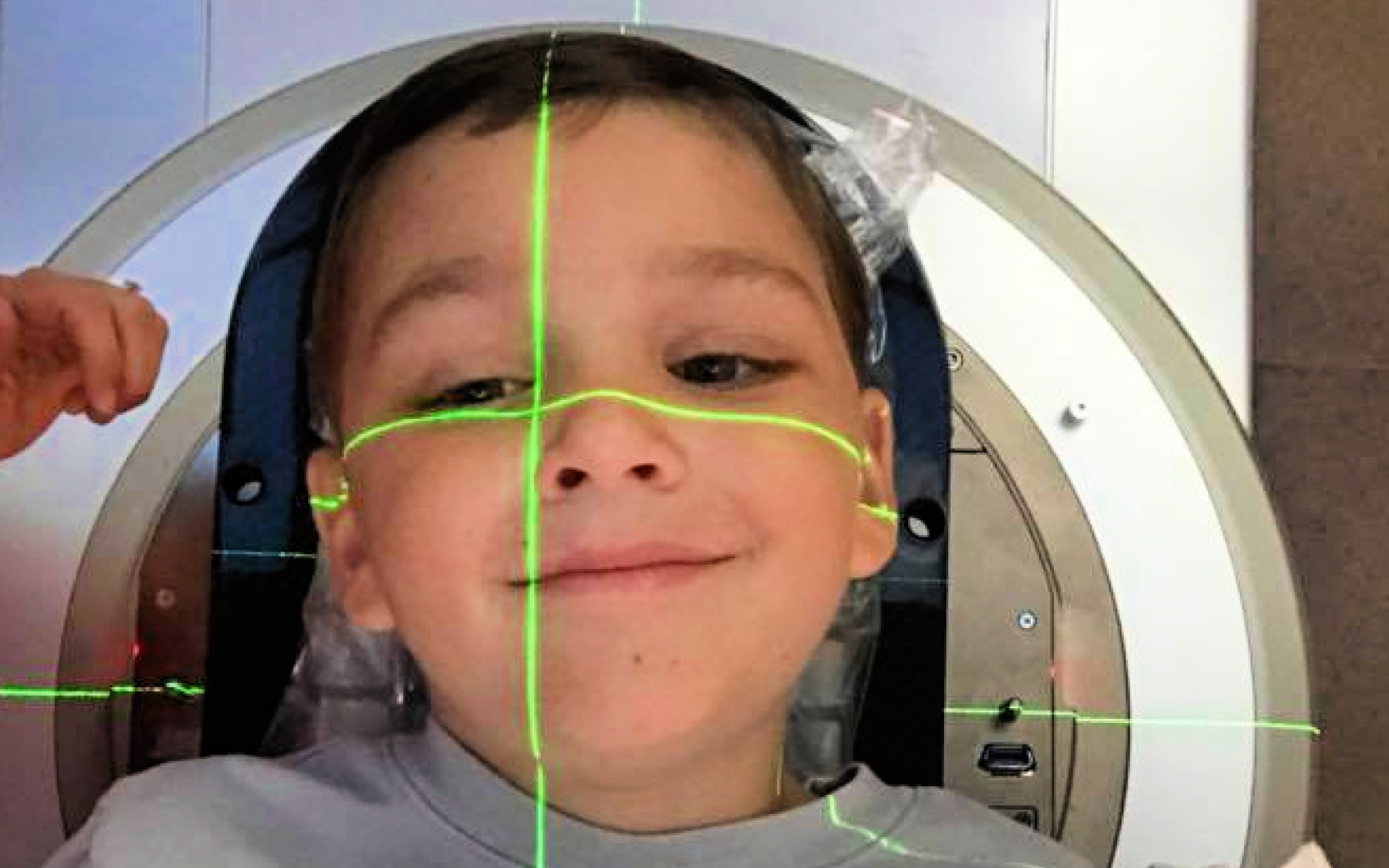
Kids Get Different Cancers Than Adults
Types of Childhood Cancer
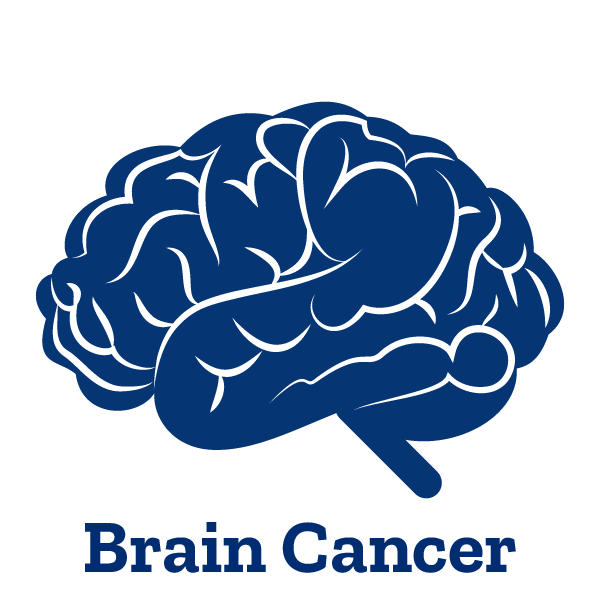
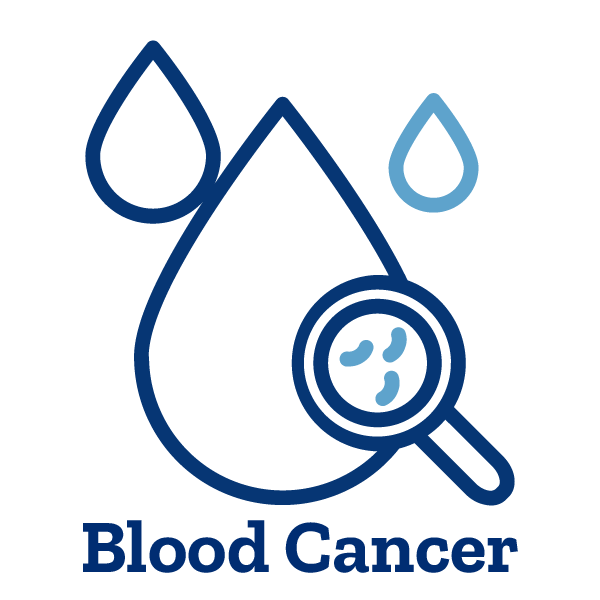
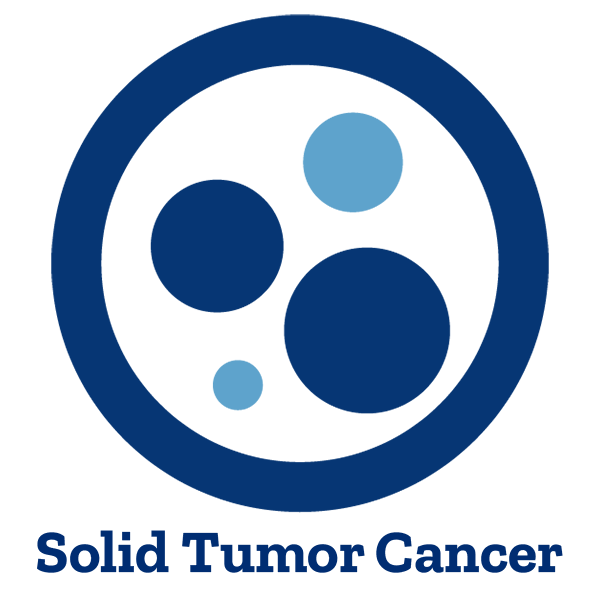
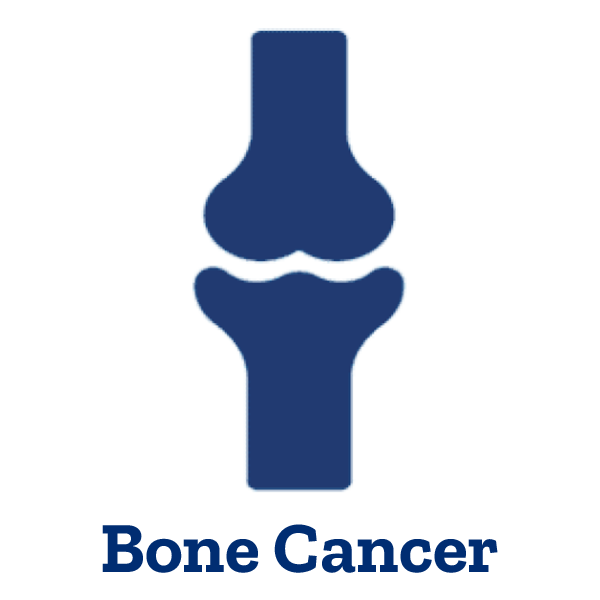

While rare pediatric cancers are difficult to research, we are committed to finding better treatments for all types of childhood cancers. Some uncommon cancers include: adrenocortical carcinoma, chronic myelomonocytic leukemia (CMML), colon cancer, esthesioneuroblastoma, liver tumors (hepatoblastoma and hepatocellular carcinoma), malignant rhabdoid tumors, melanoma, nasopharyngeal cancer, pleuropulmonary blastoma (PPB) and thyroid tumors, just to name a few.
Ways Childhood Cancer is Treated
Chemotherapy
Chemotherapy consists of anti-cancer drugs as part of an ongoing regimen designed to cure, control and/or alleviate the symptoms of cancer.
Immunotherapy
Immunotherapy utilizes a child’s own immune system to target and treat cancer. One example of immunotherapy treatment is CAR-T cell therapy, which takes a patient’s T cells, or cells found in the immune system, and genetically modifies them in the laboratory to attack the cancer cells.
Molecularly Targeted Therapy
Targeted therapy drugs work by blocking the growth and spread of cancer by interfering with specific molecules that are involved in the progression of cancer. Blocking these molecules can kill cancer cells or can keep cancer cells from growing or spreading.
Proton Radiation
Proton therapy, also called proton beam therapy, is a type of radiation therapy that uses protons, rather than x-rays, to treat cancer. Compared with x-ray radiation therapy, proton therapy delivers up to 60% less radiation to healthy tissues around the tumor.
Radiation
Radiation therapy is a cancer treatment that uses high doses of radiation to kill cancer cells and shrink tumors.
For more information on specific childhood cancers
and treatments, read our ‘What Is’ series.

What is ALL?
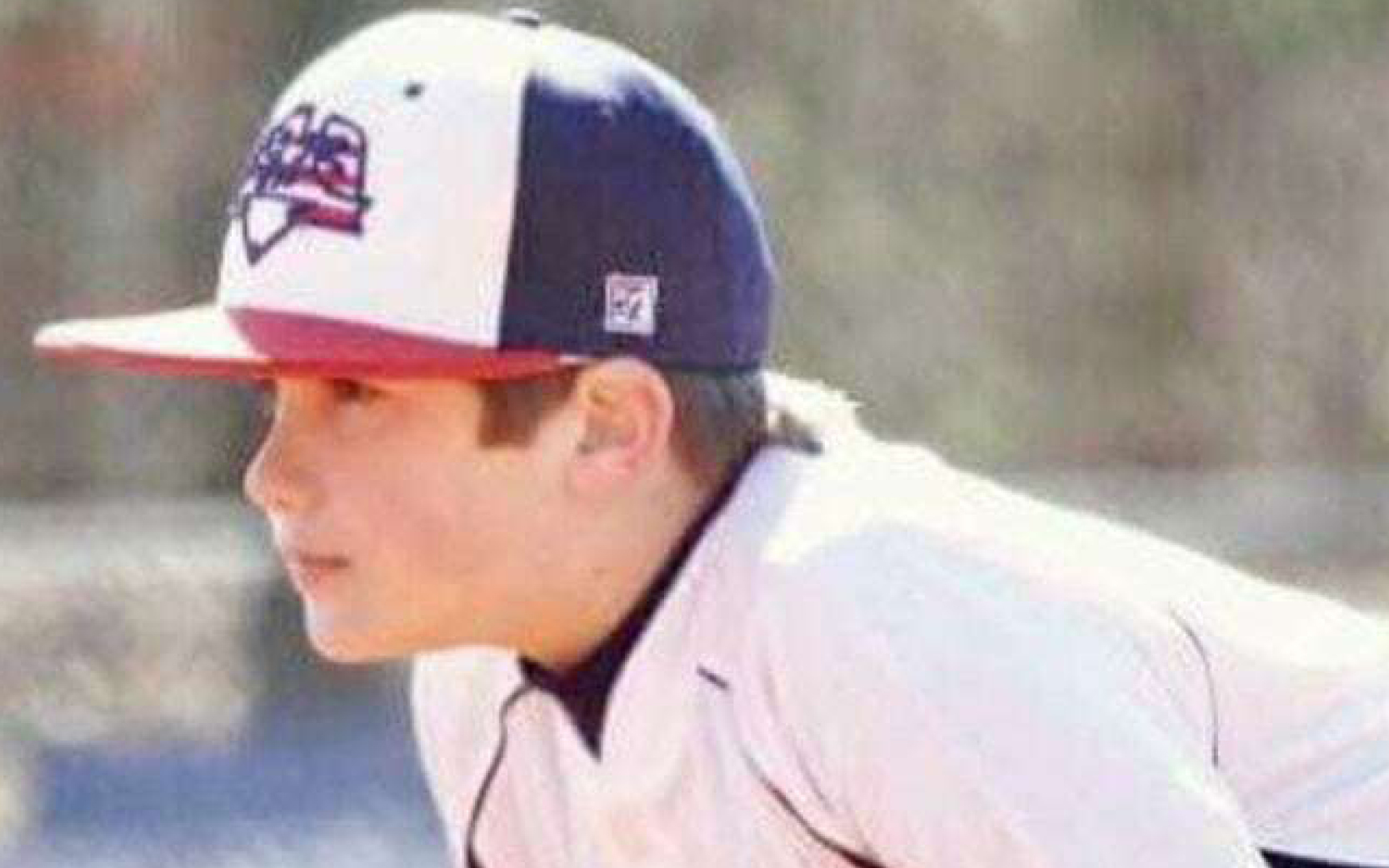
What is DIPG?
